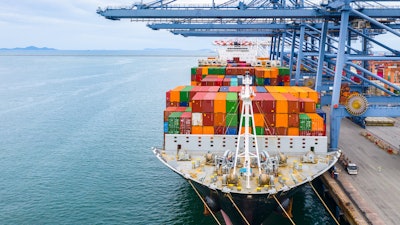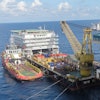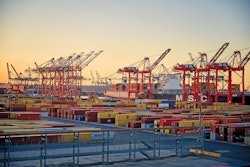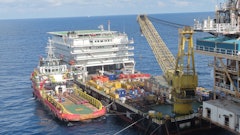
Port congestion continues to pose significant challenges to global trade, with supply chains facing delays due to increasing ship turnaround times and extended container dwell periods. Beacon’s February 2025 Port Congestion & Performance Report highlights new and worsening congestion hotspots, with some ports experiencing wait times exceeding 90 hours before ships can berth.
“Port congestion is a persistent challenge that affects businesses worldwide. Our report provides critical insights to help supply chain professionals make informed decisions and minimize disruptions. With some ports facing significant backlogs while others maintain high efficiency, it’s essential for logistics providers and shippers to stay ahead of these trends,” says Fraser Robinson, CEO of Beacon.
Key takeaways:
- Notably, Savannah, Ga., has emerged as the most congested port, with container ships waiting an average of 91.6 hours.
- Sub-Saharan Africa leads in overall congestion, while East Asia demonstrates the best operational efficiency.
● Hong Kong recorded the highest number of ships waiting at anchor, while Melbourne, Ambarli, and Vishakapatnam had zero.
● Ports in Oceania recorded the best performance in container dwell times, while Sub-Saharan Africa faced the longest delays.
● Despite global challenges, ports such as London Gateway, King Abdullah, and Los Angeles demonstrated strong resilience with minimal congestion.
● Key Asian ports like Shanghai, Gwangyang, and King Abdullah maintain some of the fastest ship turnaround times.




















